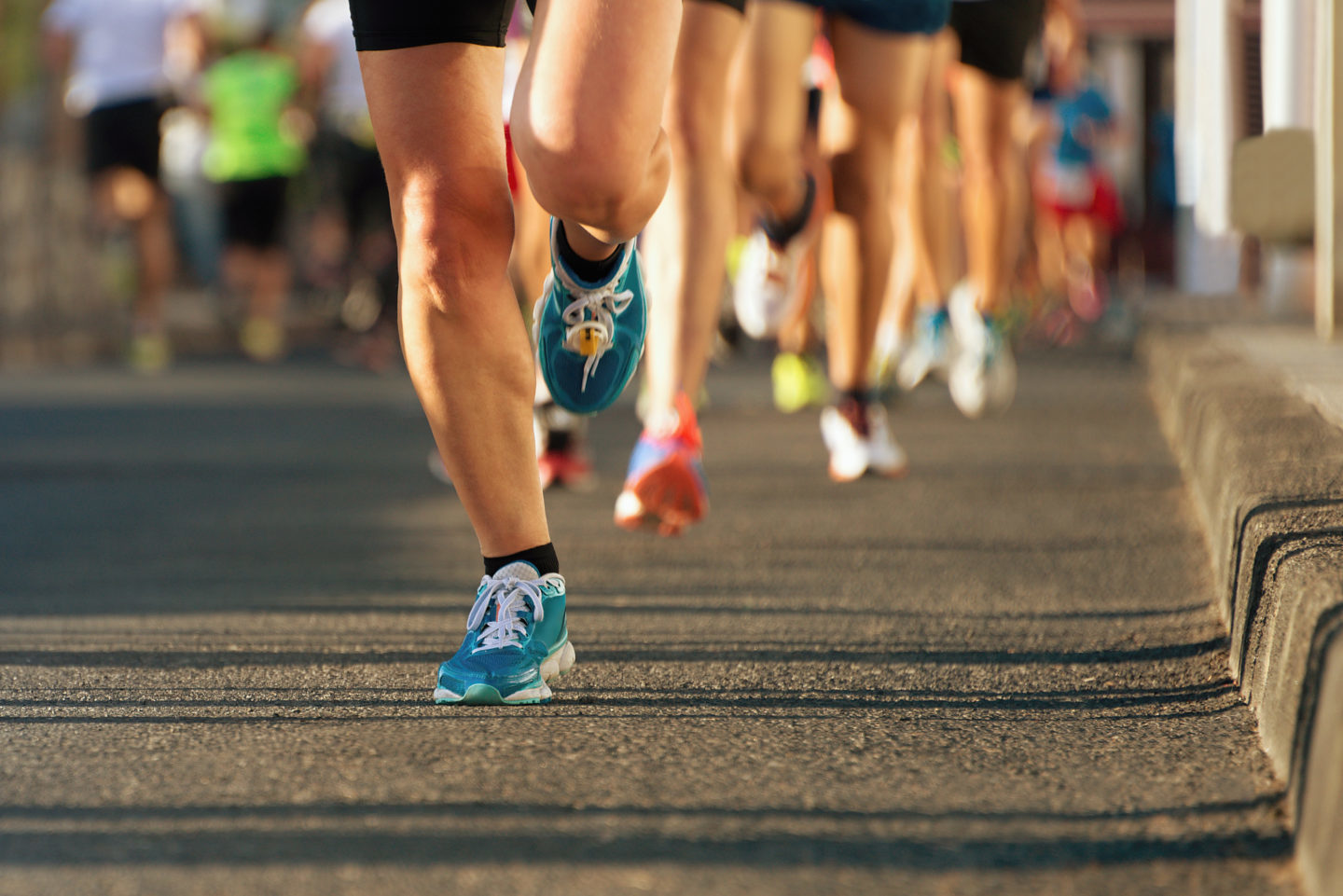
Many weight-loss programs suggest including running in your exercise plan to burn excess fat and increase endurance. It is possible to lose weight with the help of running, but only if you follow clear rules, otherwise you can get the opposite effect: at best you lose nothing, at worst – your body instead of extra pounds will burn away the hard-won muscles.
The benefits of running
Running is the easiest, cheapest and most effective way to lose extra pounds. When we run, our body engages several hundred muscles throughout the body, and we need energy to work them. A person moving in the so-called aerobic zone consumes most of this energy from fat.
Jogging helps to work the muscles in problem areas: the abdomen, thighs and buttocks. In these parts of the body fatty tissue is deposited the fastest, and getting rid of it – a long and painstaking, but, thanks to running, quite feasible process.
Types of workouts: aerobic and anaerobic
During aerobic exercise, muscles produce energy with the help of oxidative (aerobic) processes. The initial phase of an aerobic workout burns glycogen stored in the muscles and then energy is produced by burning fat.

In this case, the duration of the workout is extremely important because fat is not burned until after glycogen is consumed, which lasts for about the first 20 minutes of the workout.
Aerobic exercise should last at least half an hour if your goal is to burn excess subcutaneous fat. If we are talking about cardio workouts, long distance running is the best option.
During anaerobic exercise, muscles produce energy without the use of oxygen – the load on certain muscle groups is so great that the blood simply does not have time to deliver it to the cells.
Anaerobic exercise itself does not reduce fat deposits, but its effectiveness in weight loss cannot be denied – interval cardio helps build muscle mass, and the body continues to consume calories for hours after an intense workout.
Before you start cardio training, consult a trainer and a nutritionist, who can help you choose the best type of exercise based on your health and physical performance.
This will help eliminate the risk of pain and injury while running, the trainer will be able to monitor your movement technique, and the nutritionist will tell you what to eat before and after your run to achieve your goals.